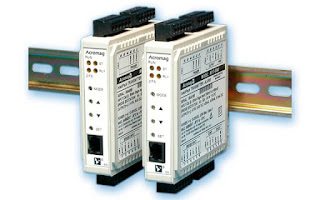 |
Selecting the proper signal conditioning equipment
is essential to maintaining process operation |
This second part of a two part series of white papers provides discussion of the differences in function of differential and single-ended voltage measurement for industrial process measurement and control.
Part One focused primarily on single-ended voltage measurement, how it differs from differential, and in what application context it can be best applied. This white paper, provided below, delves into differential voltage measurement and how it may be advantageous, even necessary, in a range of application scenarios.
The papers are produced by
Acromag, Inc., a globally recognized manufacturer of signal conditioning equipment. Information about Acromag's extensive product offering is available from
M.S. Jacobs & Associates, as well as technical details and application assistance.

